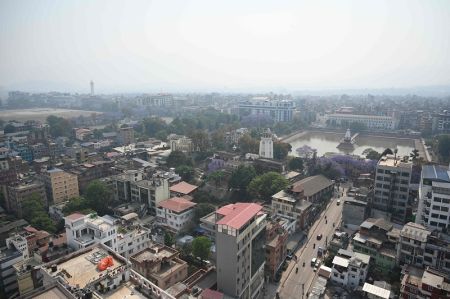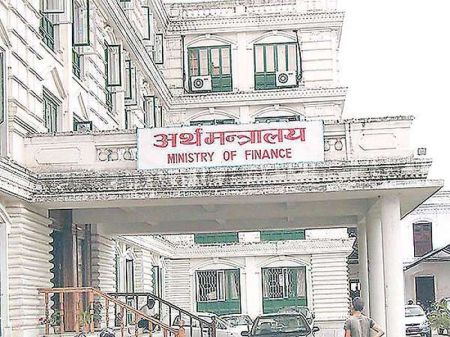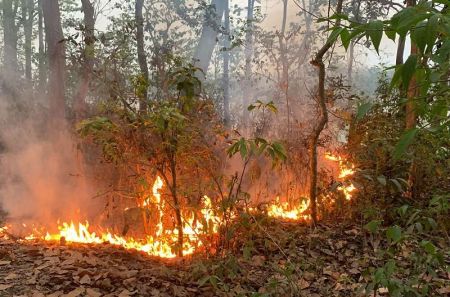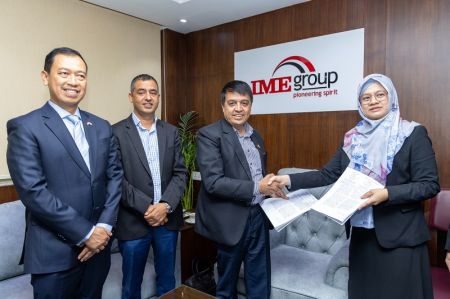Private Sector Investment in Hydropower Reaches Rs 55 billion
The private sector has increased its investment in the hydro power sector. According to the Independent Power Producers Association, Nepal (IPPAN), the private sector has invested Rs 55 billion in 25 hydro projects till date since the first private power plant from independent power producers was established in 2000. “With this investment, 300 MW of hydroelectricity will be generated within 4 years,” said President of IPPAN, Dr Subarnadas Shrestha.
The investment from the private sector can provide a positive message to the government, persuading an increase in investment from its side too, he added. The promoters of Hewa Khola hydro project are hoping to produce 15 MW of electricity within the current fiscal year. Approximately Rs 2.25 billion is expected to be invested for the completion of the project and Panchthar Power Company Pvt Ltd has been officially established for its construction. Twelve banks under the leadership of Sanima Bank will be investing Rs 1.67 billion for the project.
.jpg)
Similarly, Robust Energy Pvt Ltd is investing in the Mistri Khola hydro project to produce 42 MW of hydroelectricity. The estimated amount for investment is Rs six billion and it is expected to be completed within the next fiscal year. The lower Modi Khola Hydro project with a capacity of 20 MW is also likely to be completed within the next fiscal year. The estimated cost of the project is Rs 3.60 billion. This project is being financed by 11 private banks under the leadership of Nepal Investment Bank Pvt Ltd. Hydro power promoters opine that an additional Rs 50 billion can be invested from banks and financial institutions in the hydro power sector in the present context. According to data from Nepal Rastra Bank (NRB), banks and financial institutions have invested around Rs 17 billion till the end of the previous fiscal year. The investment of banks and financial institutions has increased in this sector because of the provision by the regulatory body Nepal Rastra Bank that the banks must have 10 per cent of total investment in agricultural and hydro-power. “This will benefit promoters of private hydro projects also,” Spokesperson of NRB, Bhaskarmani Gyanwali said.
The private sector has been investing in hydro power projects since B.S. 2052 (1995), and it has generated 230 MW of electricity till the end of the previous fiscal year and contributes to 30 per cent of the total energy generated in Nepal. The business community argues that though the government ought to support the private sector that has been making a significant change in the development sector, it has been discouraging the private sector instead. “The government should provide VAT discount on materials of civil construction, and devise a new PPA rate. But we are not getting any such support,” said former President of IPPAN, Dr Sandip Shah.
Construction at Middle Bhotekoshi to Start in December
The construction of the 102 MW Middle Bhotekoshi hydropower project in Sindhupalchowk district is all set to start in December. According to the Chief Manager of the project, Prakash Awasti, the process for selection of international consultant for the project is in the last phase. “Within two months the evaluation of the tender will be done and construction will begin,” he said. Awasthi informed that the project will be constructed under the engineering, procurement and construction (EPC) model. Middle Bhotekoshi is considered to be one of the major hydel projects of Nepal.
Starting from 2013 the project is targeted for completion by 2016. “There will be no problems from the local people for construction,” informed Awasti. Madhya Bhotekoshi Jalbhidyut Company Ltd have already paid Rs 33.2 million to locals for land acquisition. The project has completed construction of the 250 meter long adit tunnel. Constructed under the Q-40 model, the project is expected to cost around Rs 14 billion. It is expected to generate 542.3 million units of electricity annually.
Financial closure is already completed for the project. 51 per cent of the company’s share will be with founding members and 49 per cent with the general public. The company has signed a Power Purchased Agreement (PPA) with the Nepal Electricity Authority (NEA) and has submitted its environment impact assessment (EIA) to the government. “We already presented the paper to issue the power generation license,” said Awasti. The project is to connect with the national transmission line at a substation in Barhabise.





















